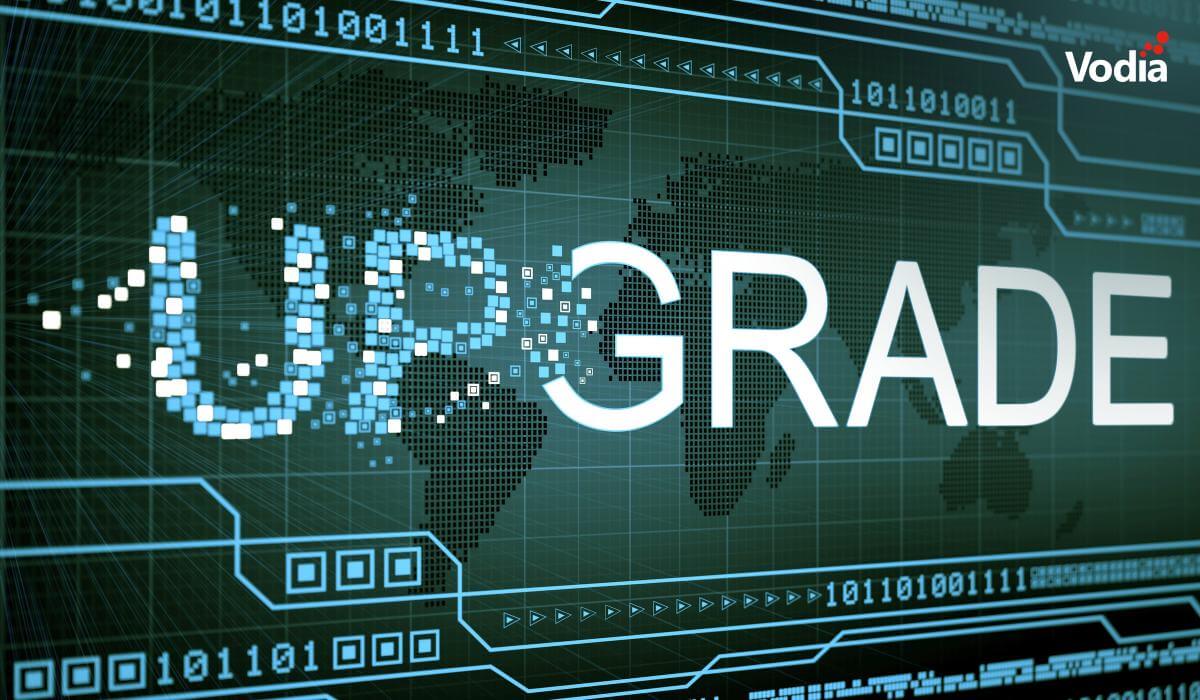One of the core goals of IPv6 was to get rid of the unfortunate network address translation (NAT) introduced with IPv4 and the foreseeable lack of IPv4 addresses for every connected device. Especially for SIP, NAT was a disaster that caused so much trouble SIP almost didn't make it into the real world.
While there are plenty of IPv6 addresses, it doesn't mean NAT will be completely a matter of the past. I was a little shocked when I saw discussions about NAT for IPV6. What I thought would be completely useless seems to have been picked up by firewall manufacturers as a must-have feature for their next generation firewall products. But on a second thought, at the end of the day what should be achieved here is devices in the private network should be accessible from the outside only for connections they have actually initiated. For SIP clients, this is perfectly okay. Actually, I even believe running a SIP IPv6 client behind a NAT for IPv6 with snom ONE would work perfectly fine. I couldn't try it out but, looking at the mechanisms, it should be working fine: SIP packets using TCP or TLS are connection-oriented anyway; SIP UDP packets are usually tagged with received parameters, so the responses find their way back without any issues. RTP packets are also automatically sent back where they come from, and I don’t see a reason why this shouldn't work with IPv6.
The only problem I see with NAT and IPv6 are servers that run in the LAN - we know this problem well from IPv4. The good news, however, is it will be relatively simple to get this working perfectly: all that's needed is that the firewall makes an exception for the device in the LAN so packets are forwarded to the PBX server. This will even work well with remote workers.
A well-designed firewall will be great for IPv6 and SIP. Companies won't lose any feature they had with IPv4; instead, they will finally have the opportunity to expose exactly those servers and services they want to (which includes SIP) while keeping clients protected from the public Internet.
.svg)






